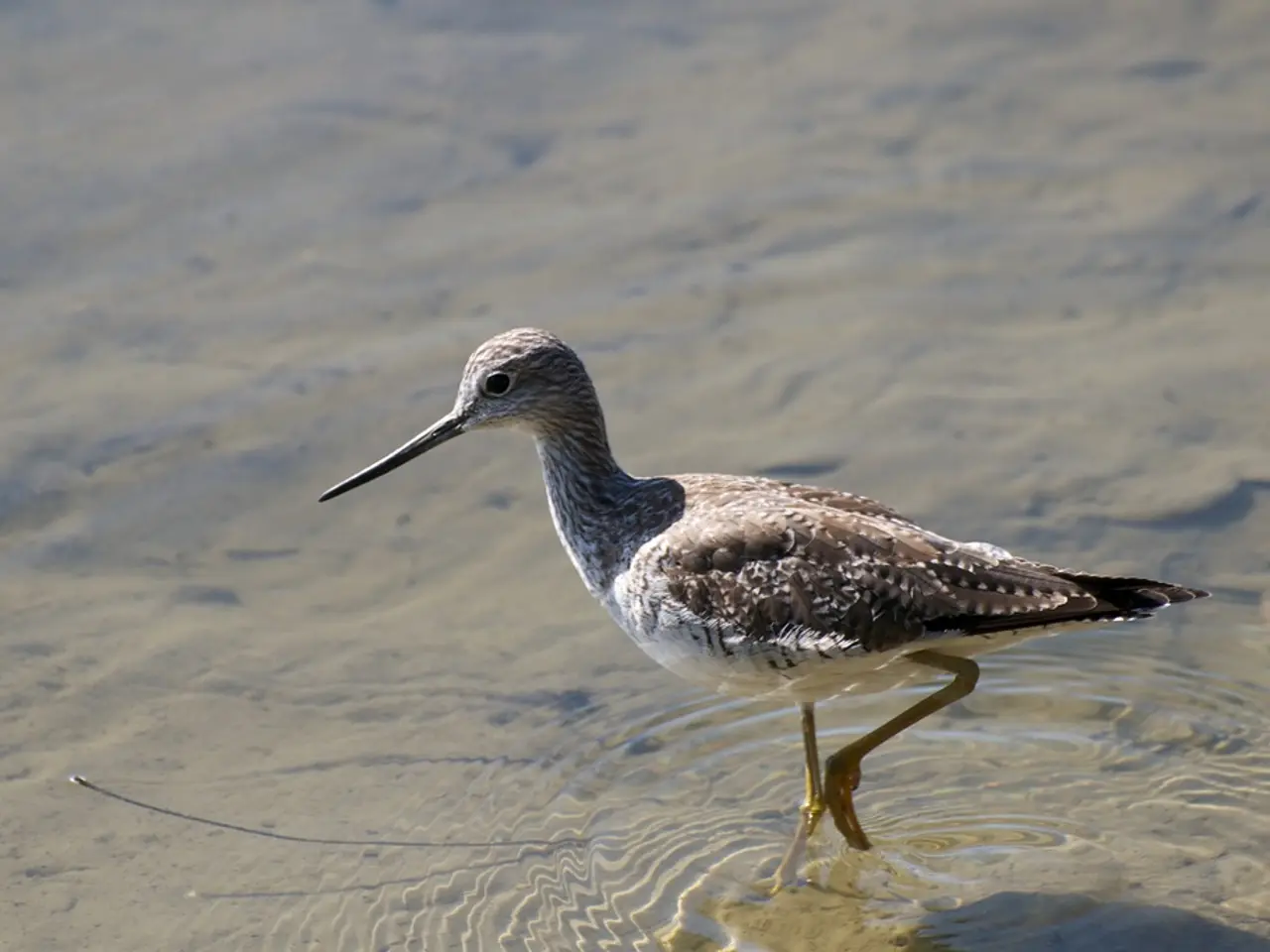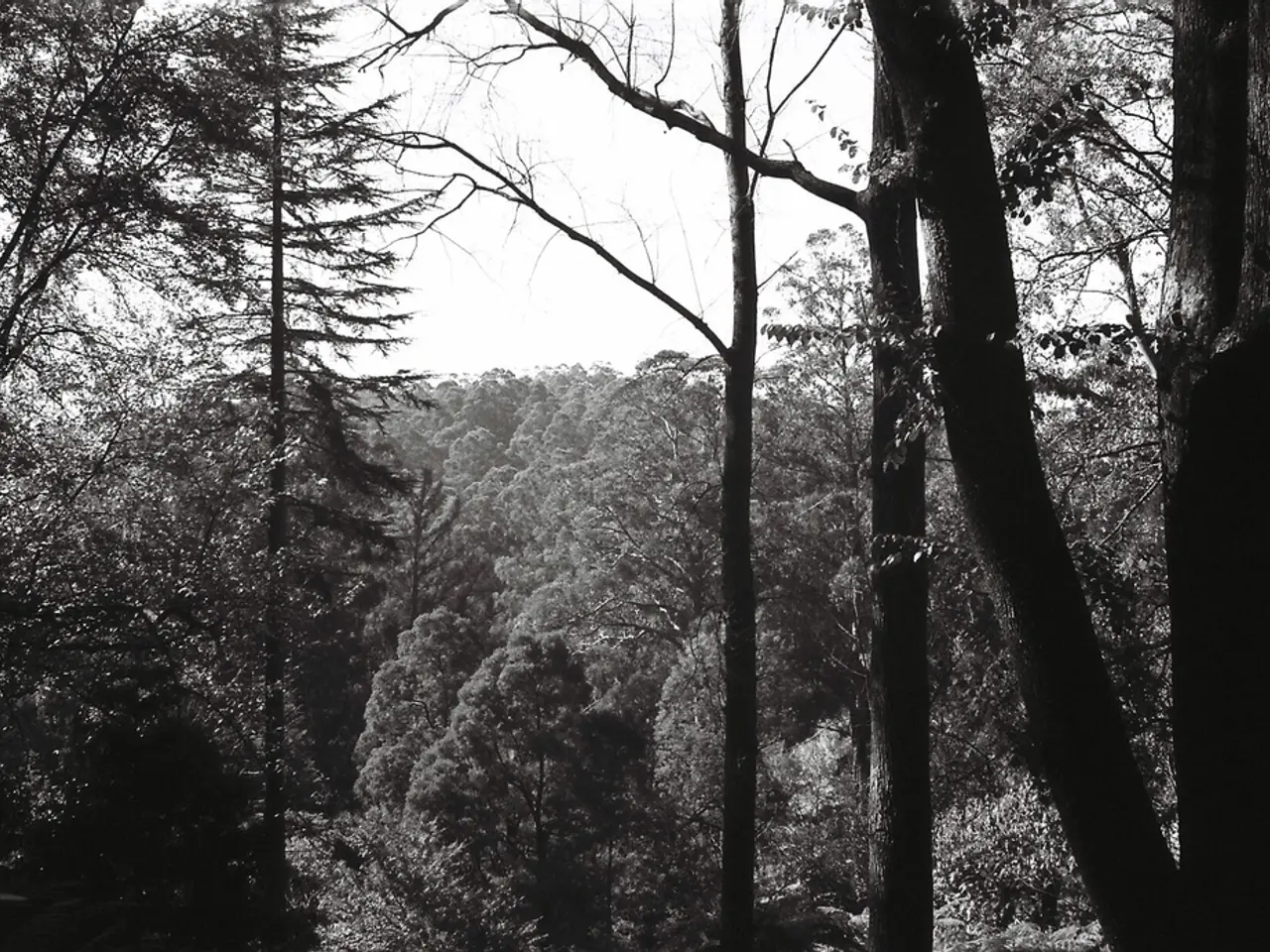Giant terror birds may have fallen victim to a powerful apex predator - massive caiman
In a groundbreaking discovery, a study led by paleontologist and biologist Andrés Link of the University of the Andes in Colombia has provided direct evidence that giant caimans, specifically Purussaurus neivensis, preyed on or scavenged large terrestrial birds known as terror birds around 15 million years ago.
The evidence comes from fossilized bite marks found on a Miocene terror bird's leg bone (tibiotarsus) in La Venta, Colombia. The detailed 3D images of these marks reveal that the terror bird's leg was mangled in the jaws of a large caiman, indicating an ecological interaction where these enormous crocodyliforms hunted or at least scavenged terror birds.
Initially, the researchers had suspected that a crocodilian was responsible for the terror bird's death. However, it was only upon closer examination that they identified the tooth marks as belonging to Purussaurus neivensis, a species of caiman that could grow up to around 33 feet (10 m) long. The size and shape of the marks were consistent with those delivered by a subadult caiman, around 15.1 to 15.8 feet (4.6 to 4.8 m) long.
Interestingly, the bite marks do not show signs of healing, suggesting that the encounter was likely fatal for the terror bird. However, the study does not rule out the possibility that the terror bird was scavenged by the caiman rather than being its prey.
This discovery challenges previous assumptions of terror birds’ invulnerability and illustrates the dangers faced by terrestrial predators at aquatic habitats. The study suggests that terror birds might not have been completely safe around water, as they were vulnerable to ambush by aquatic predators like giant caimans.
The findings contribute to understanding the diet of Purussaurus and the complex ecological interactions in the protoAmazonian ecosystems of tropical South America. They provide valuable insight into predator-prey dynamics in the Middle Miocene epoch and extend understanding of Purussaurus neivensis’s diet, revealing it was sufficiently powerful and opportunistic to prey on even formidable terrestrial predators.
In summary, the study provides compelling evidence that during the Miocene, giant caimans occasionally preyed on or scavenged terror birds. This anecdotal account of an aquatic apex predator feeding on a land apex predator offers a fascinating glimpse into the landscape of fear near water bodies at La Venta during the middle Miocene.
The study in La Venta, Colombia, sheds light on the interconnections between 'environmental-science', as it reveals the ecological interactions and diet of ancient terrestrial and aquatic predators. Meanwhile, the findings in 'space-and-astronomy' might seem unrelated, but this research could inspire questions about the feeding habits and ecological dynamics of apex predators in various habitats across the cosmos.




